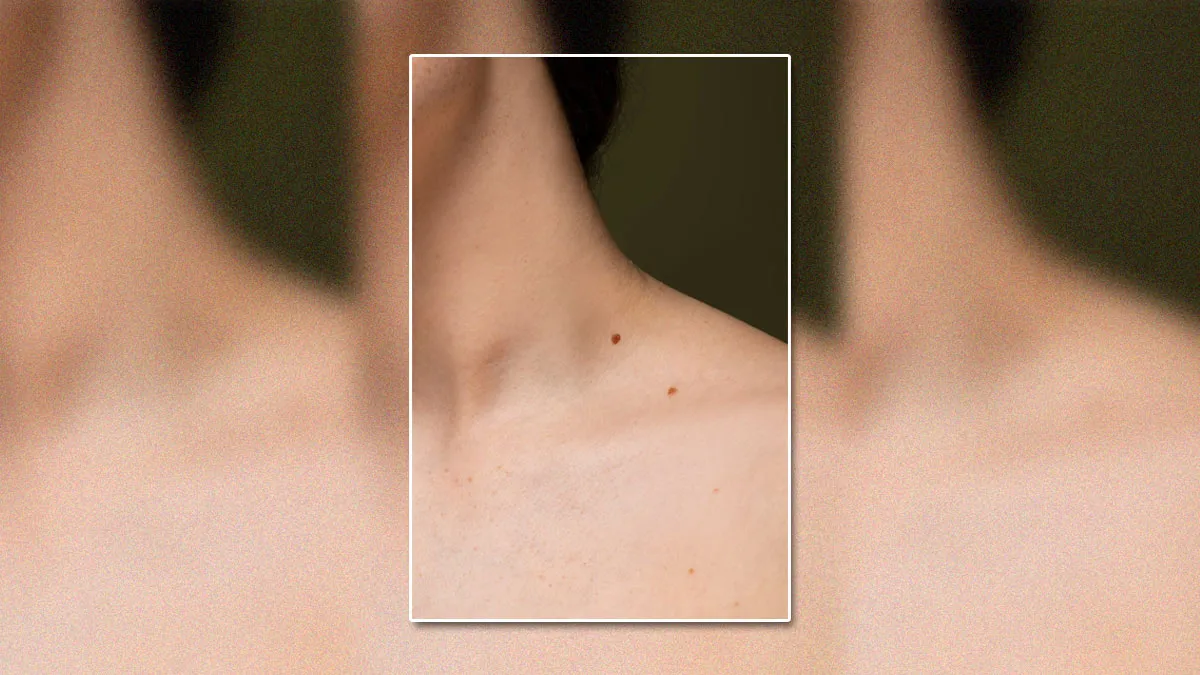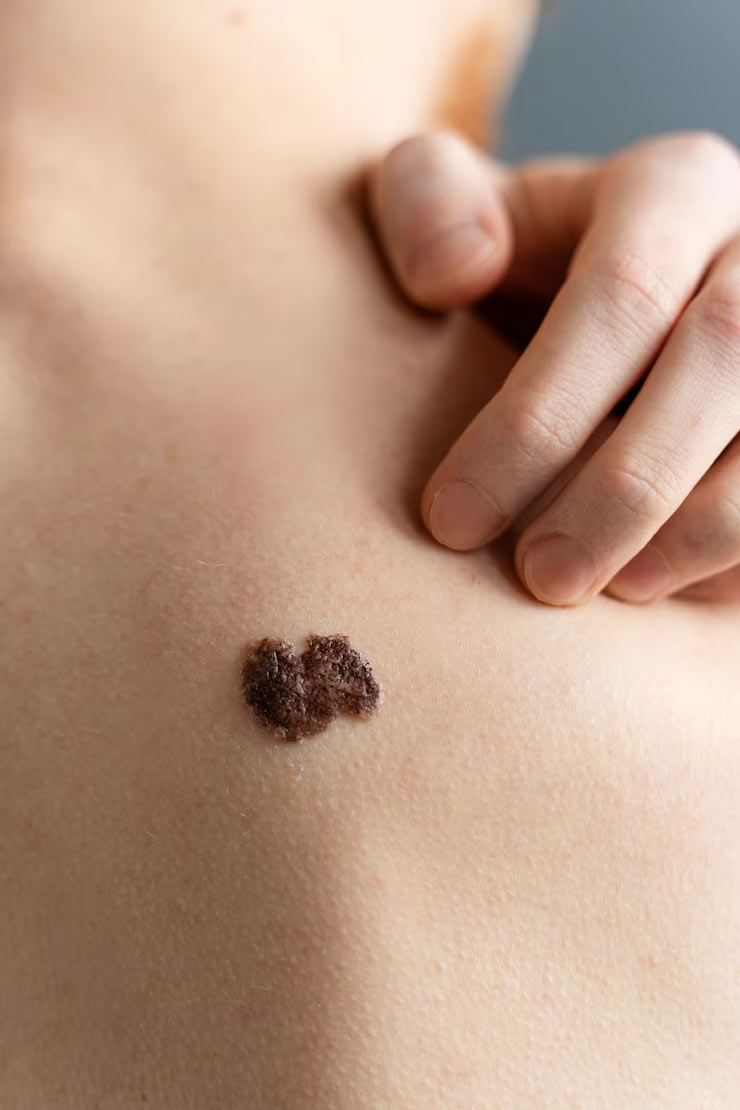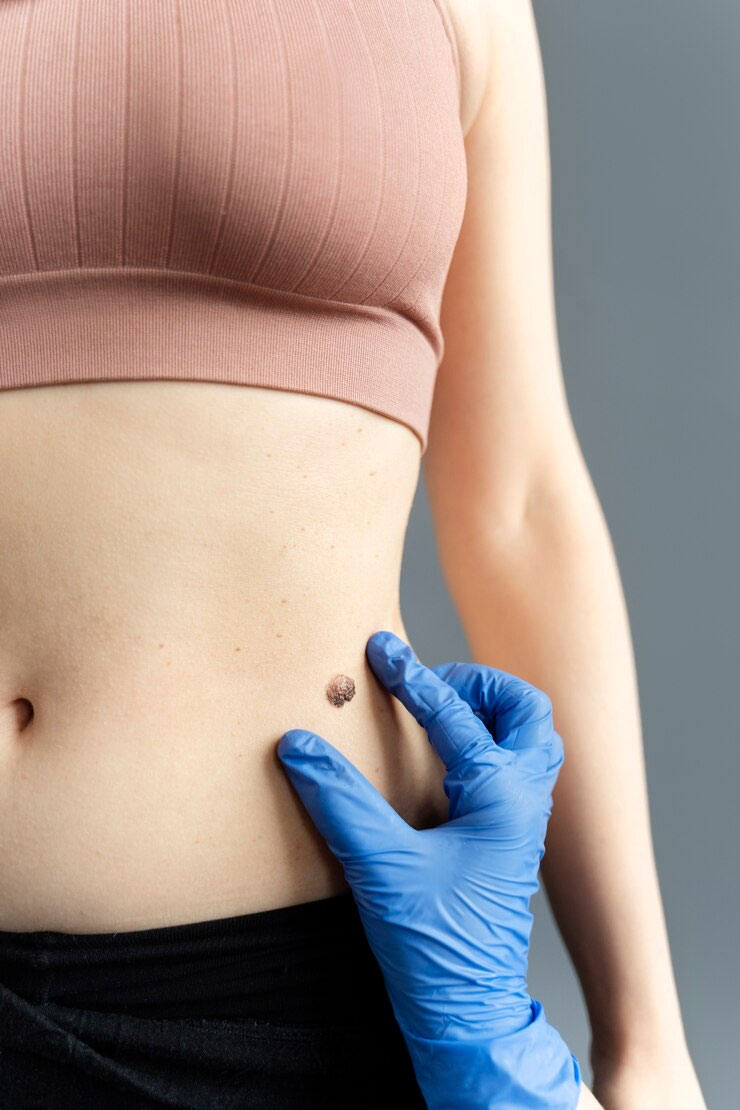
Moles are a familiar sight to many of us, but what happens when they start to change? A shift in shape, size, or colour can be a cause for concern. It is essential to keep an eye on our skin and know when to seek medical attention. In this article, we'll guide you through the warning signs of changing moles and share tips from our expert, Dr Niti Gaur, MD, Fellowship in Cosmetic Dermatology (Singapore, USA), Board Certified Dermatologist Founder of Citrine Clinic, Gurgaon.
Dr Gaur said, “Moles are common skin growths that can appear anywhere on the body. They are formed when the pigment cells grow in clusters instead of spreading evenly throughout the skin.”

She mentioned that moles are typically round or oval-shaped with smooth, well defined edges. They can be flat or slightly raised, and their colour is usually uniform. They are symmetric, and asymptomatic.
Dr Niti shared, “In addition to these characteristics, it's important to be aware of the ABCDE rule when assessing moles.”
Don't Miss: How to Avoid Impulse Buying
1. Natural Ageing Process

2. Hormonal Changes: “Hormonal fluctuations, such as those occurring during pregnancy or puberty. These changes may include an increase in size, darkening, or the development of new moles,” shared Dr Gaur.
3. Sun Exposure: Dr Niti said, “Prolonged and unprotected exposure to UV radiation can damage the DNA in skin cells, leading to the development of abnormal moles or the transformation of existing moles into melanoma, a type of skin cancer.”
4. Genetics: “Genetic factors play a role in mole development and changes. Some individuals may be more prone to developing atypical or changing moles due to their genetic makeup,” states the expert.
Dr Niti said that you are recommended to regularly examine your skin and keep track of any changes in the size, shape, colour, or texture of your moles. She also mentioned that if you notice any suspicious changes, you must consult a dermatologist for further evaluation.
“The number one protector is sunscreen. Wearing SPF 30 or higher, and re-applying every 2-3 hours is crucial for protecting against skin cancer. UV rays can reach our skin even if we are wearing long sleeves and pants. Choosing photo protective clothing with Ultraviolet Protection Factor (UPF) 50 or higher will protect your non-exposed skin from these harmful rays,” said the expert.
Don't Miss: 4 Benefits Of Using Potato Peels On Your Face
If you liked this story, then please share it. To read more such stories, stay connected to HerZindagi.
Image Credits: Freepik
Also watch this video
Herzindagi video
Our aim is to provide accurate, safe and expert verified information through our articles and social media handles. The remedies, advice and tips mentioned here are for general information only. Please consult your expert before trying any kind of health, beauty, life hacks or astrology related tips. For any feedback or complaint, contact us at compliant_gro@jagrannewmedia.com.